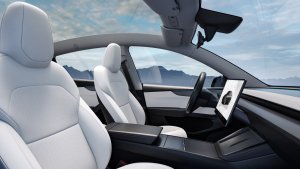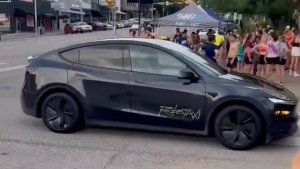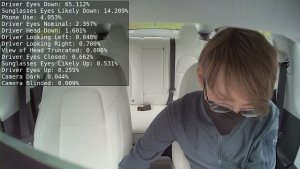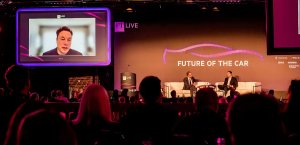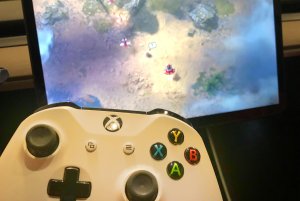Tesla is creating an App Store, but it's not what you think
According to Sawyer Merritt and Teslascope, Tesla is in active development of an app store for its vehicles. The app store is rumored to be released before the first Cybertrucks are delivered.
Concept designer DeleetDesigns has even designed what a Tesla app store could look like.
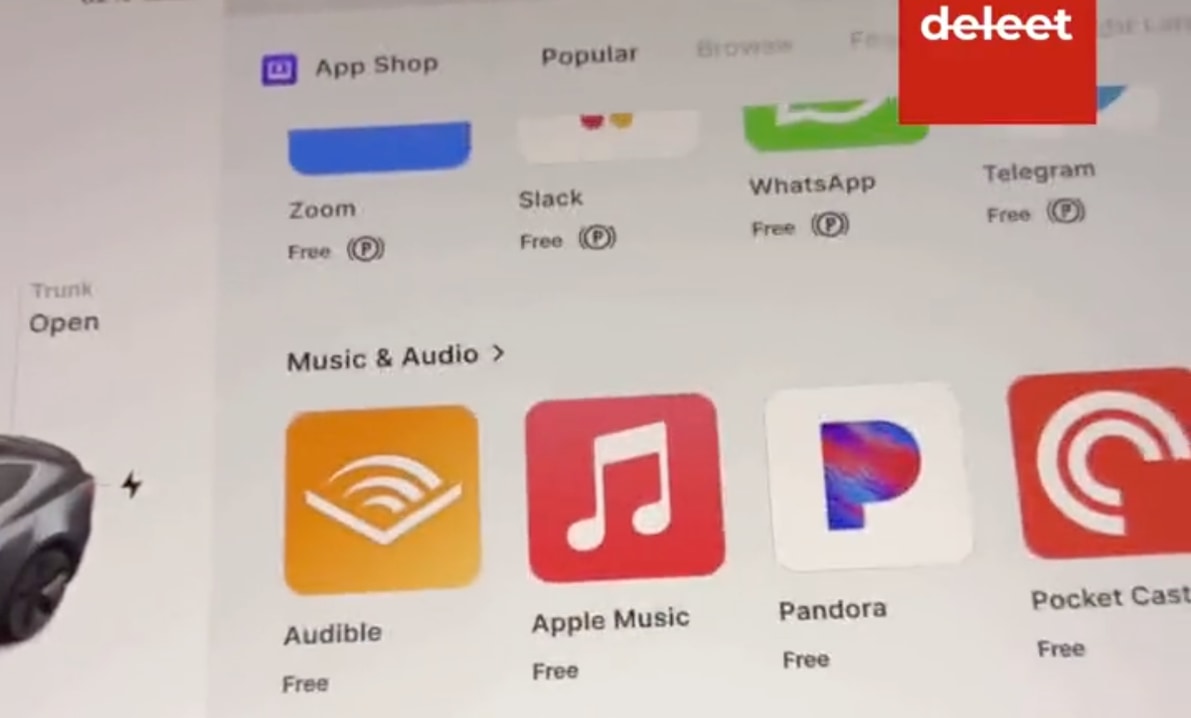
Having a Tesla app store is certainly an interesting concept, and I certainly believe Tesla is working on one, but it may not be what you think it is.
The concept by DeleetDesigns is well-executed and it brings some interesting ideas to the table like letting you charge items to your Tesla account.
However, it leads us to believe that a Tesla app store will be similar to Apple's or Google's versions.
I'm not sure apps like Burger King, Slack, Twitter, and others are great candidates for the Tesla app store.
There are only about 2 million Teslas. While it's certainly impressive what Tesla has been able to accomplish, that's only about 0.0016% of all the active iPhones in the world. What this means is that developers wouldn't put as much money and time into their Tesla app versions. And after they're developed, they'll quickly fall behind their smartphone counterparts.
Tesla could avoid this issue by letting users run Android apps, similar to how you could run Andorid apps on some Chromebooks, but most of these apps don't scale well to larger screens, especially a 15 or 17-inch screen.
It'll always be easier to scroll through something like Twitter on your phone than it is on a screen that's an arm's length away from you. It's also more convenient to type on a phone than it is to peck at an on-screen keyboard.
What We Think the Tesla App Store Will Be
We know that Tesla is working on an app store, and here's what we think it'll be like.
Instead of being an app store similar to Apple's that allows developers to make any kind of app, we think Tesla will be limiting the apps to the ones that are well suited for use in a car.
It's expensive to create the framework required to create an app store, especially one that allows apps to be as versatile as phone apps are today. Why should Tesla go through all that work for developers to create apps that few people will use?
How often do find yourself wanting to use your TV instead of your smartphone? Even for some video apps like TikTok, it doesn't make a lot of sense. It's just easier to swipe on your phone.
Many set-top boxes can run all sorts of apps, but most people don't want to shop on Amazon or browser Facebook on their TV.
Instead, they want to use their TV for apps that can provide an experience their phone isn't able to. Apps that allow them to stream video on a larger screen, like Netflix, or exercise with apps like Peloton or Apple Fitness+, or maybe even share a slideshow for the family. What we're not doing is responding to emails or Slack messages on the TV, or even looking at stock quotes. That kind of stuff is much more suited for a phone.
Although Tesla has one of the best infotainment systems of any vehicle, it can't compete with a device that you upgrade every few years. A device that has a faster connection, higher resolution screen, more storage, easier payment authentication, and a faster processor.
A Tesla app will be successful when can leverage the benefits a Tesla can provide over your phone; a bigger screen and integration with your Tesla.
Tesla won't bother creating APIs for developers to build apps that aren't well suited for a Tesla.
Instead, Tesla will focus their efforts on building developer tools that will allow anyone to create apps that will excel in a Tesla. These apps will be for things such as SiriusXM and Apple Music. It could be video streaming apps like YouTube TV and Amazon Prime Video.
These apps will integrate seamlessly into your Tesla UI, just like DeleetDesigns illustrates in his concept.
What if Tesla had an app store? I put together this prototype to see what it might be like. What apps would you want to see?
— CHROME DELEET (@deleetdesign) February 16, 2022
cc/ @tesla @elonmusk @Teslarati @ElectrekCo @InsideEVs pic.twitter.com/gPCD05JIvO
The Tesla app store would let developers port additional games to Teslas as well, giving owners even more gaming options.
Creating an app store will be a huge win for Tesla. There are a lot of entertainment options out there and Tesla can't keep up with all the latest streaming services.
By creating an app store and APIs for developers, Tesla can offload the development of these apps to other companies. It'll allow companies like Apple to create Apple Music for your Tesla, it'll allow SiriusXM can create a streaming SiriusXM app. This will free up Tesla's engineers' time and give owners the apps they're looking for.
Most Teslas have relatively small hard drives, so they're not capable of storing apps endless amounts of video streaming apps and games. By creating an app store, users could install only the apps and games that are relevant to them. This will help free up space taken up games or apps the owner may not use today.
To run apps similar to our smartphones and tablets, Teslas would require a more capable processor than the one used in most Teslas. It'd likely only be available for Teslas with MCU 3, which would exclude almost all Teslas manufactured so far.
However, if the app store was limited to games, video, and audio streaming apps, then it could be available for MCU 2 vehicles as well.
All of the video streaming apps in Teslas today are just full-screen versions of the app's website. Having developers create native experiences for Netflix, YouTube and others would make these apps much more responsive than they are today.
We know that Tesla is creating an app store that will likely be released in the coming year. The app store will benefit Tesla and Tesla owners alike, but we may have to alter our expectations of what a Tesla app store will be.











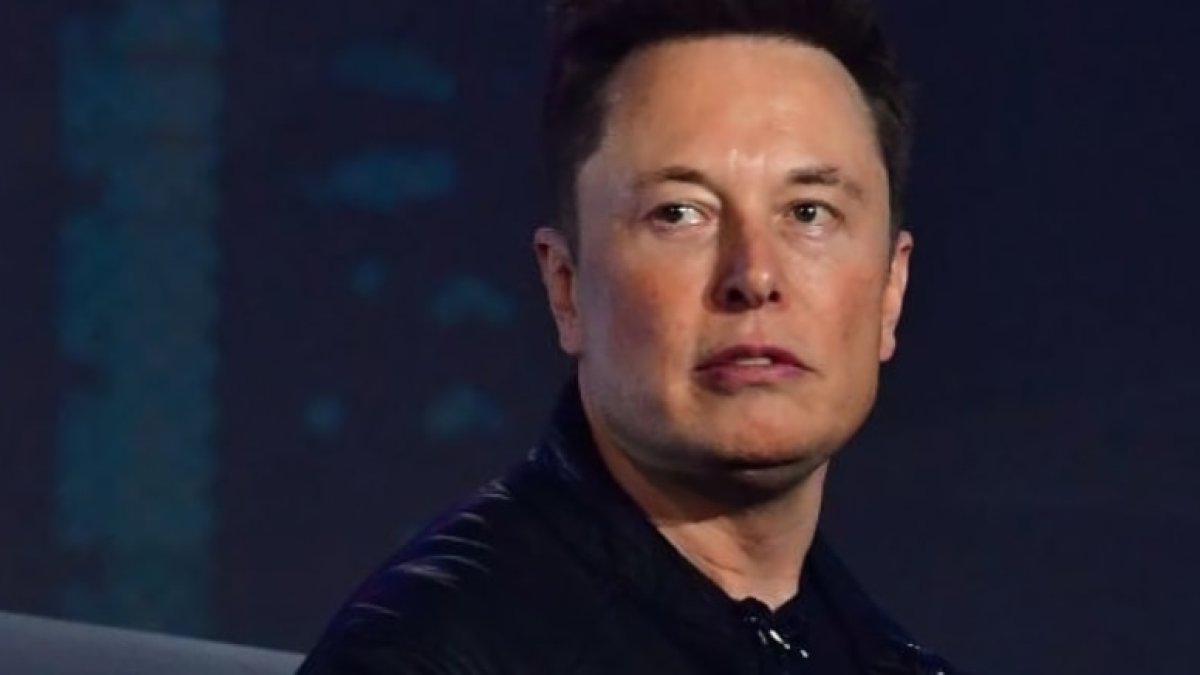
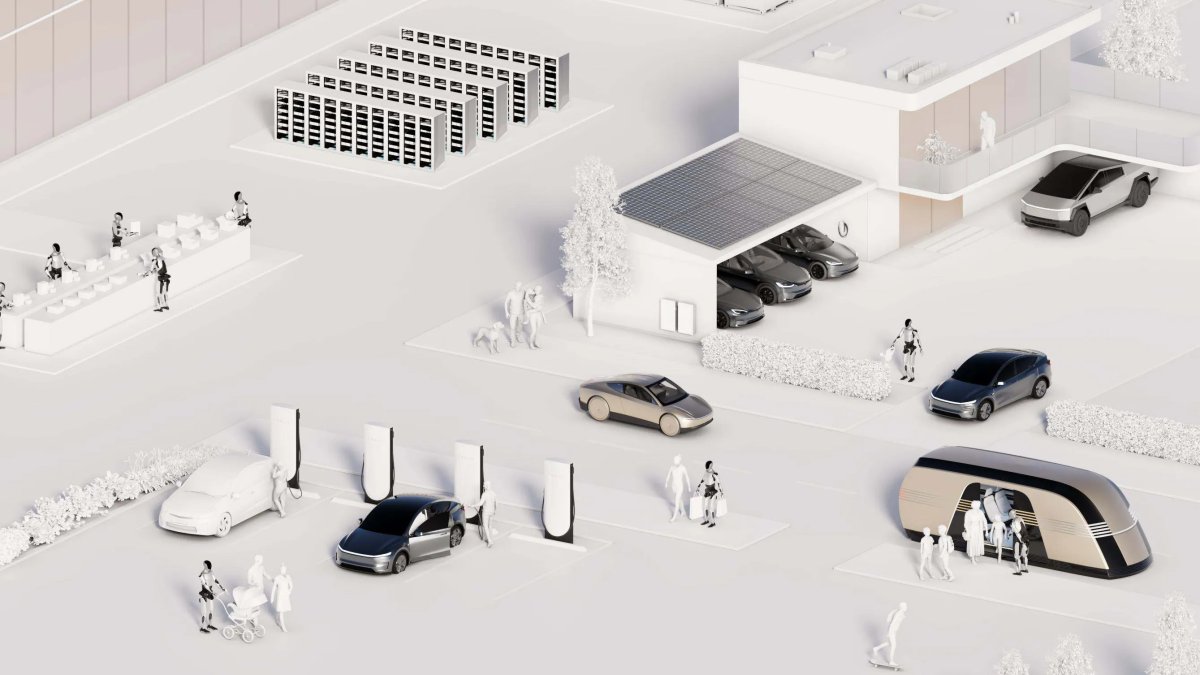
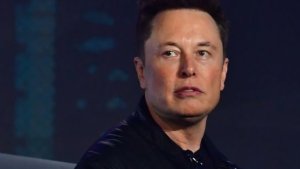

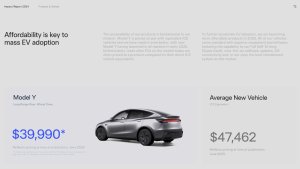
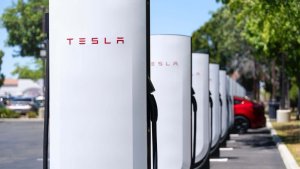
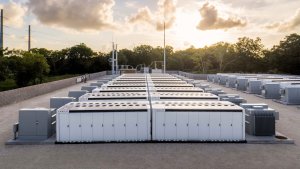
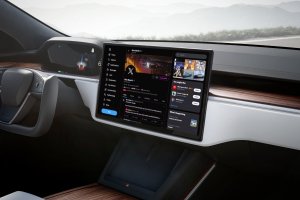
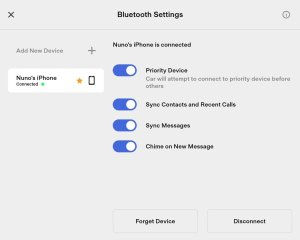
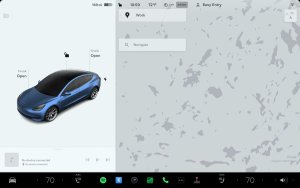
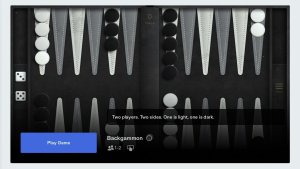

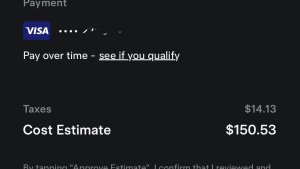
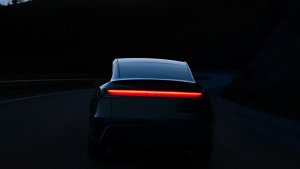
![Tesla Autonomously Delivers Its First Vehicle to Customer — And It’s More Impressive Than Expected [VIDEO]](https://www.notateslaapp.com/img/containers/article_images/model-y-2025/newmodely_77.jpg/382e0312c769d0bb2e1234f7ac556fad/newmodely_77.jpg)
